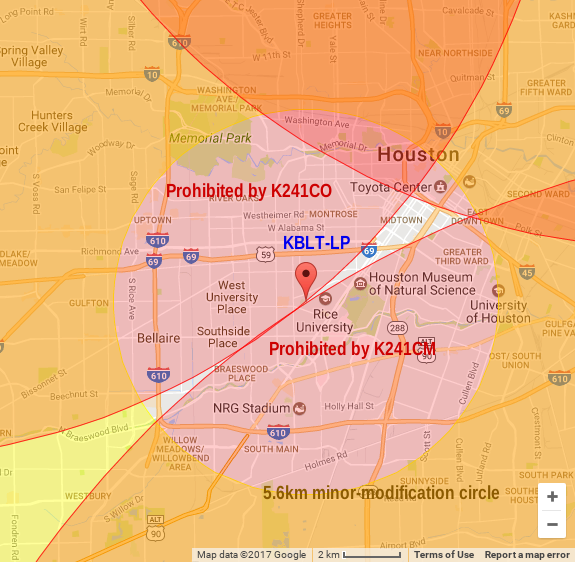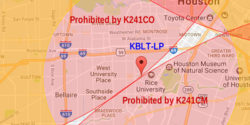In January FCC moved to allow AM stations to acquire and geographically locate FM translator repeater stations a little further away from their main AM transmitter than previously permitted—within either 25 miles of their station, or within their daytime broadcast area, whichever is larger. Before this ruling those translators were limited to being located within the smaller of those two areas.
As we discussed on podcast #83, the LPFM advocacy organization Prometheus Radio Project sees this change as a threat to low-power community stations. That’s because these translators can be moved more freely, potentially placing them closer to existing LPFM stations. While the FCC does protect LPFMs from interference caused by translator stations, translators can take up spots on the dial surrounding low-power stations preventing them from being able to relocate their transmitters.
Prometheus is petitioning the FCC to reconsider this rule change. As explained in a press release,
“Radio stations in general, and LPFMs more than most, need to periodically relocate for financial and practical reasons, and are allowed to move within 3.5 miles of their location, or within a circle 7 miles in diameter. FCC rules allow a translator to move closer to an LPFM than an LPFM can move toward the translator, and prevent the LPFM from thereafter moving any closer to the translator. It is as if the translator draws a line in the sand which the LPFM cannot cross. When an LPFM is located between two nearby translators in different directions, or “short spaced,” the LPFM is boxed in between two lines it cannot cross, which can remove the vast majority of its relocation area. As a result, LPFMs may be forced to move away from their audiences when they inevitably relocate, or may be unable to move and lose their transmission site.”
Prometheus illustrates how a LPFM can get “boxed in” with this map, showing how Houston’s KBLT-LP (represented by the pushpin) is prevented from moving by two translators within the red circle.

Read the entire Prometheus petition to the FCC: PDF



